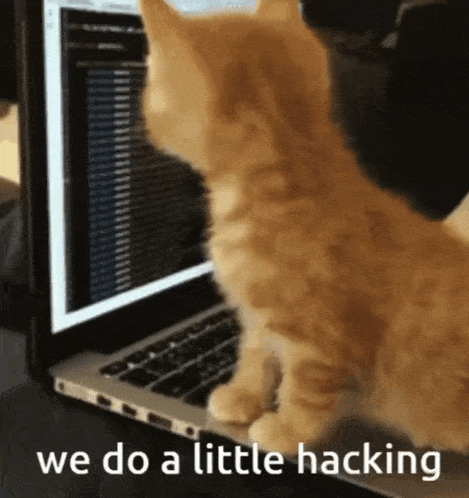Your Brain on Memes: The Science Behind Why We Love Internet Humor
Ever found yourself scrolling through your phone, suddenly bursting into laughter at a picture with some text on it? You know, a meme! From grumpy cats to distracted boyfriends, memes have become a universal language of humor, connecting people across the globe. But have you ever stopped to wonder why these seemingly simple images and phrases grab our attention and tickle our funny bone so effectively?
It turns out, there’s a bit of science and psychology behind our meme obsession. Let’s dive into the fascinating world of internet humor and discover what makes our brains light up when we see a perfectly crafted meme.
The Instant Connection: Relatability is Key
One of the biggest reasons memes resonate with us is their incredible relatability. A good meme often captures a universal human experience, emotion, or thought in a concise and often exaggerated way. When we see a meme that perfectly describes something we’ve felt or experienced, it creates an instant connection. It’s like the meme is saying, “Hey, I get it! You’re not alone!”
Think about the ‘Distracted Boyfriend’ meme. It’s a simple image, but it can be applied to countless situations where someone is drawn to something new and exciting, while neglecting something they should be focusing on. We’ve all been there, right? Maybe not literally, but metaphorically, absolutely!

This relatability triggers a sense of shared understanding and validation. Our brains are wired for social connection, and memes provide a quick, humorous way to feel connected to a larger community that understands the inside joke.
The Psychology of Laughter: Why Memes Make Us Giggle
Beyond relatability, memes tap into several psychological principles that make them so effective at eliciting laughter and engagement:
1. Cognitive Fluency: Easy to Process, Easy to Love
Our brains love things that are easy to understand. This is where cognitive fluency comes in. Memes are typically simple, concise, and often use familiar imagery or templates. This makes them incredibly easy for our brains to process quickly. When something is easy to understand, our brains reward us with a little hit of dopamine, making us feel good. It’s like a mental shortcut to humor!

2. Emotional Contagion: Spreading the Feels
Memes are masters of emotional contagion. When we see a meme that expresses a strong emotion – be it frustration, joy, or pure absurdity – we tend to mirror that emotion, even if subtly. This is why a meme can instantly shift our mood. The shared experience of humor, even if it’s just through an image on a screen, can be incredibly powerful.
3. The Element of Surprise: The Unexpected Punchline
Many memes rely on a clever twist or an unexpected punchline. This element of surprise is a classic comedic technique. Our brains are constantly trying to predict what will happen next, and when a meme subverts our expectations in a humorous way, it creates a delightful cognitive dissonance that often results in laughter.

4. Social Bonding: Our Shared Inside Jokes
Memes are also a powerful tool for social bonding. Sharing memes with friends, family, or online communities creates a sense of shared experience and inside jokes. It’s a low-effort way to communicate, express solidarity, and reinforce group identity. Think of how many times you’ve sent a meme to a friend that perfectly encapsulates your shared feelings about a situation.
The Evolution of Internet Humor: From Rage Comics to AI-Generated Absurdity
Internet humor has come a long way. Remember the early days of rage comics and advice animals? They were simple, often crude, but laid the groundwork for what memes would become. As technology evolved, so did memes. GIFs brought movement, and now, with AI, we’re seeing memes that are increasingly complex, surreal, and even automatically generated.
This evolution reflects our changing digital landscape and our ever-growing appetite for new forms of expression and humor. Memes are not just static images; they are living, breathing cultural artifacts that adapt and change with the times.
The Future of Memes: What’s Next for Internet Laughter?

So, what does the future hold for memes? As AI becomes more sophisticated, we might see even more personalized and context-aware memes. Virtual and augmented reality could also open up new dimensions for interactive meme experiences. One thing is for sure: as long as there are human experiences to share and absurdities to point out, memes will continue to evolve and bring laughter to our lives.
So next time you find yourself chuckling at a meme, take a moment to appreciate the intricate dance between psychology, culture, and technology that makes it all possible. And don’t forget to share the laughter – it’s good for your brain!
“If you made it to the end, congrats—you’ve got more patience than most of my group chats. Huge thanks to everyone who’s been part of this ride and read the blog (knowingly or not). Credits go to caffeine, questionable decisions, and Google. See you in the next overshare.”

Comments